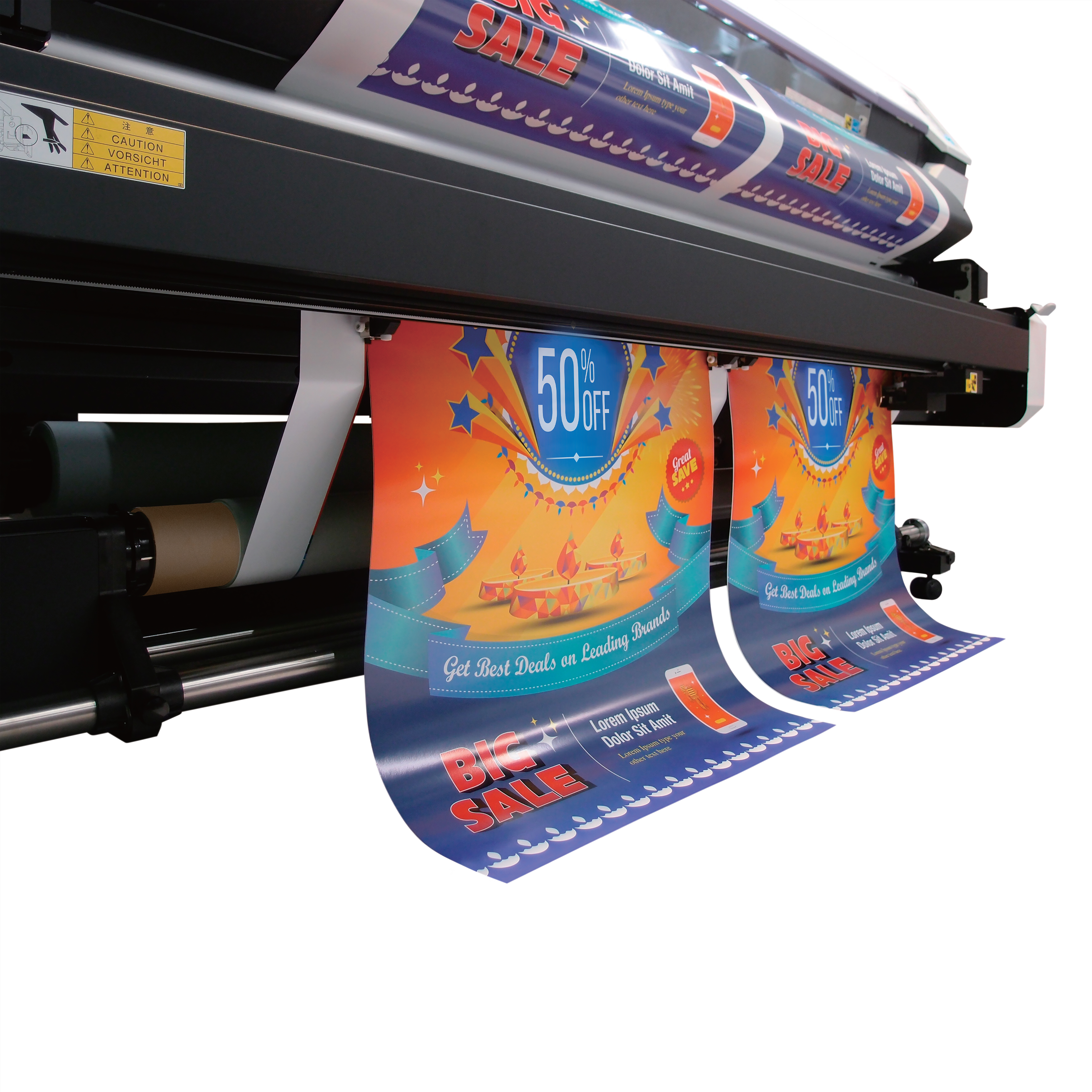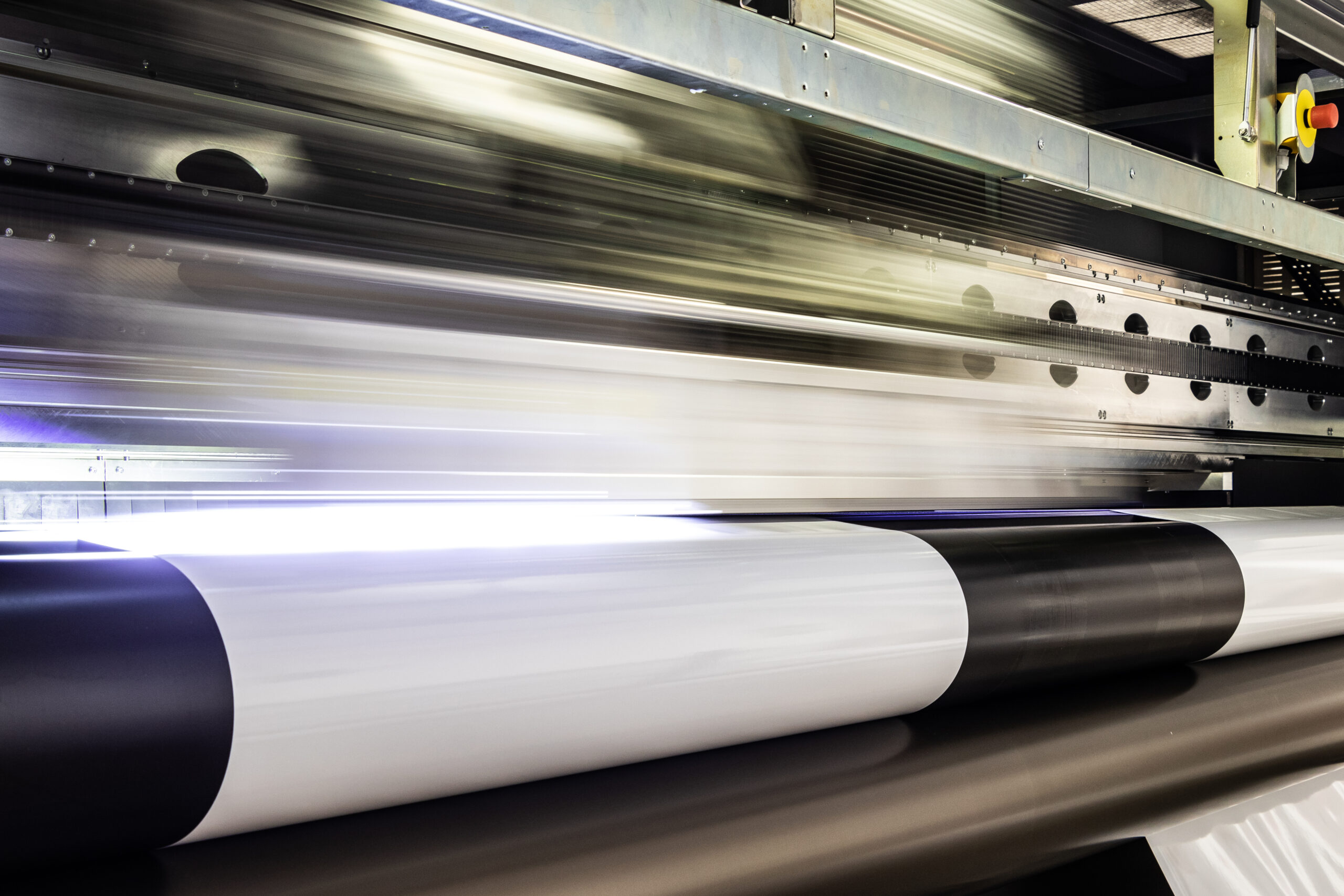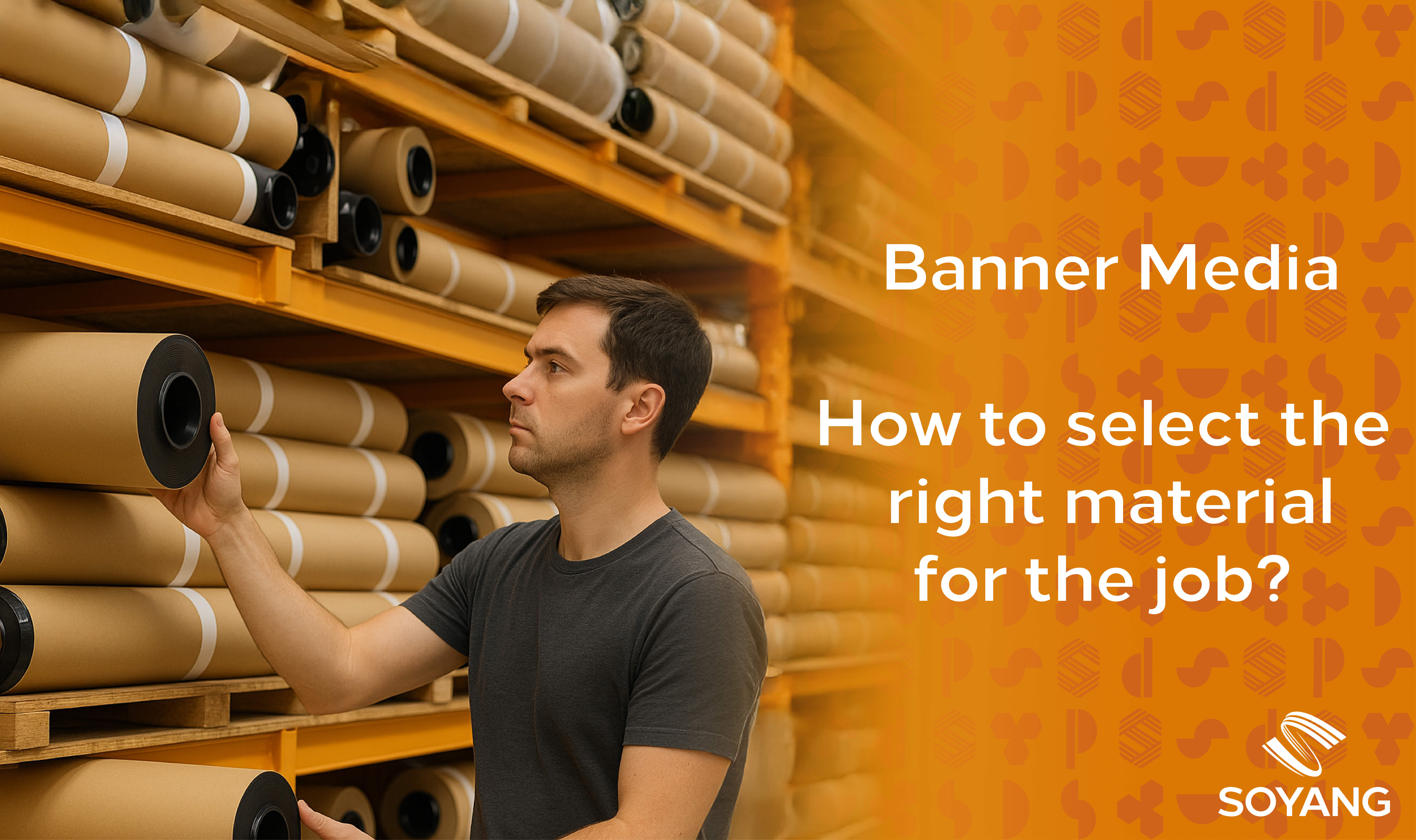The print industry has changed. At the heart of that print transformation is digital technology. But what difference does that tech actually make? Soyang explores the issue through the lens of three key digital tools that support print businesses.
You don’t have to go back nearly as far as the godfather of the print industry, Johannes Gutenberg, for a picture of how the print industry used to be.
Wander into an early 1980s print shop, and you’d be entering a world of orders arriving by phone (or fax!), manual quoting, and a shop filled with ink, tape, boards and lots of physical cutting tools, because the only way to edit layouts was to physically cut and reposition them.
By the mid-80s digital was making an impact. And by the 1990s digital technology wasn’t only making it easier to complete projects, it was changing the nature of what print could achieve, and revolutionising the speed and efficiency of the sector.
There’s barely an element of the modern print shop that hasn’t been touched by technology. In this post, however, we’re focusing on three major contributors to the print to digital transformation that are essential to the modern print shop but which aren’t part of the core job: automated quoting systems, marketing automation and online storefronts.
1. Automated quoting systems
Pre-digital, quoting was more of an art than a science. It took experience to be able to pitch a job in that sweet spot where a customer was happy to buy and a printer was happy they wouldn’t lose money on the job.
But manual quoting took up valuable time, and it was wasted time unless a customer said yes to the quote. It could be a source of problems too.
Where more than one person was responsible for quoting, the price could often vary depending on who was giving it. It was easy to quote based on yesterday’s material costs, only to find that prices had changed by the time you ordered inventory for the job. And there was the risk of irritating customers by giving them a quote this time that was rather different to the quote they received last time.
An automated quoting system streamlines the process of providing quotes to customers for print jobs by automatically calculating costs based on job specifications like size, materials and quantity.
It provides a consistency and rigour to the quoting process. Customers get quotes fast and print shops don’t have to spend forever putting them together. Material price changes are factored into the quote and can connect to inventory to ensure that stock levels are factored in.
Perhaps most importantly for print businesses, automated quoting systems work 24/7, even when your people don’t, and they can handle any volume of quotes, so while you may need to increase staffing levels to cope with the increased work, you won’t need to increase staff to manage the quoting.
2. Marketing automation
Digital transformation in print has made it an awful lot easier to market your business at scale. Marketing automation software lets you send targeted emails with personalised offers to specific segments of your customer base.
It helps you make social media posts and distribute them across all the platforms your customers use. It makes repetitive tasks simple, and cuts the manual work of, for example, sending your latest newsletter to everyone on a mailing list.
Marketing automation software also helps you track your customers, so you build an understanding of the communications that get an enthusiastic response and the ones that don’t.
Done well, automation can help you time your interactions so your offers and deals arrive just when your customers need them. They can use insight from previous orders to give your customers more of what they want. And they can keep the lines of communication open, so your customer doesn’t feel as though you’ve forgotten them, and so you keep that all important relationship ticking over.
3. Online storefronts
Passive income is the ambition for many businesses. The most efficient print company of all is one that can earn money even when the shop is shut, and which doesn’t need people to interact with customers. Online storefronts is the digital transformation that has enabled the modern print shop to achieve that goal.
If your business doesn’t have a digital storefront, you’ll definitely have used one.
From a customer perspective, they get to create their own product using their own images, often using design templates within the software. They order and pay without human interaction. And their product is automatically processed and placed into the print workflow.
They create their product using your equipment and materials. And unless there’s an issue or something unusual about the order, it’s entirely possible that it will be able to progress through your operation with next to no human interaction. Now that’s efficiency.
The big advantage of this, of course, is that it enables you to scale your operation almost infinitely, because an increasing workload doesn’t have to mean a major increase in staffing – always a print shop’s most expensive commodity.
When to jump?
The print to digital transformation isn’t done yet. Increasingly intelligent AI means it’s getting easier to crunch vast quantities of data, and that means it’s becoming easier to really personalise your print shop offering.
That means marketing systems and digital storefronts are going to keep getting smarter, and therein lies the challenge for every print shop that hasn’t updated its tech in a while: when’s the right time to jump?
Digital print transformation isn’t cheap and no print shop wants to find itself making a major investment in the wrong tech. It’s a reasonable concern, but this is an iterative process. Get onboard now and you’ll benefit from several years of online updates that ensure your tech keeps improving and your print shop keeps pace.
Talk to Soyang
And when your automated quoting, marketing and storefront starts increasing order numbers, how will you manage the increase in print materials that you’re going to need? That’s when you talk to Soyang.










